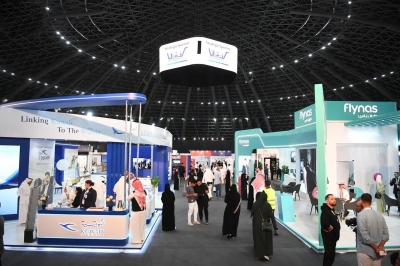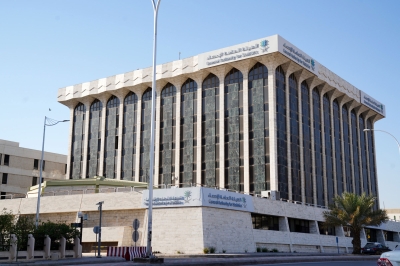
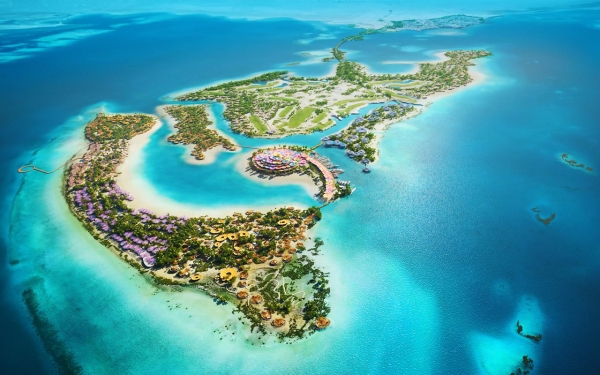
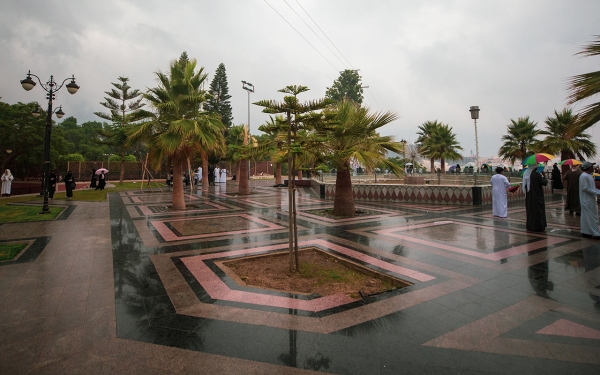
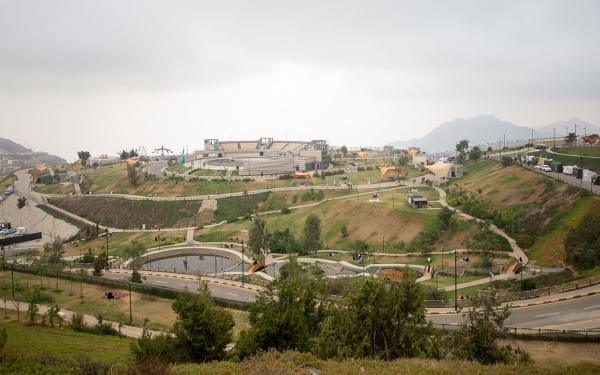
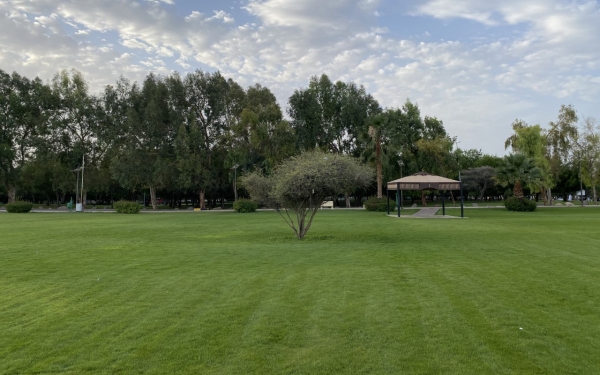
Medical and wellness tourism in the Kingdom of Saudi Arabia refers to traveling to cities within Saudi Arabia to receive medical or wellness services. This travel is not limited to citizens or residents of Saudi Arabia, but also includes visitors from other countries. Health and wellness tourism is one of the forms of domestic tourism outlined in the National Tourism Development Strategy adopted by the Saudi Council of Ministers in 2019.
The term medical and wellness tourism was officially recognized in 2014 as one of the five tourist activities within the Tourism Law. The other activities include maritime tourism, agricultural tourism, business tourism, and wilderness tourism. The regulations about these activities were approved by royal decree on December 19, 2014, to clarify the standards of the tourism system in Saudi Arabia and regulate the relationship between tourist facilities and services related to tourism activities in general.
Types of medical and wellness tourism in Saudi Arabia
Medical and wellness tourism in Saudi Arabia can be divided into two categories: medical tourism (treatment) and wellness tourism. Medical tourism involves traveling from within or outside Saudi Arabia to receive medical care in specialized facilities, accompanied by tourism programs in one of the Saudi cities. On the other hand, wellness tourism refers to the travel of healthy individuals from within or outside Saudi Arabia to one of the cities in Saudi Arabia to maintain their physical and mental well-being through services provided by specialized facilities.
Medical and wellness tourism holds economic importance for Saudi Arabia due to high tourist spending during their trips and the longer duration of these trips compared to other forms of tourism. It often involves accompanying individuals on the traveler's journey and is often associated with multiple follow-up trips.
Major Saudi projects in medical and wellness tourism
Projects like the Red Sea Project and AMAALA, located on the northwestern coast of the Red Sea, are massive economic projects that aim to support medical and wellness tourism in Saudi Arabia. These projects include specialized healthcare centers. AMAALA, a Saudi project, contributes to creating a new concept of luxury domestic and international tourism focused on relaxation, health, and wellness.
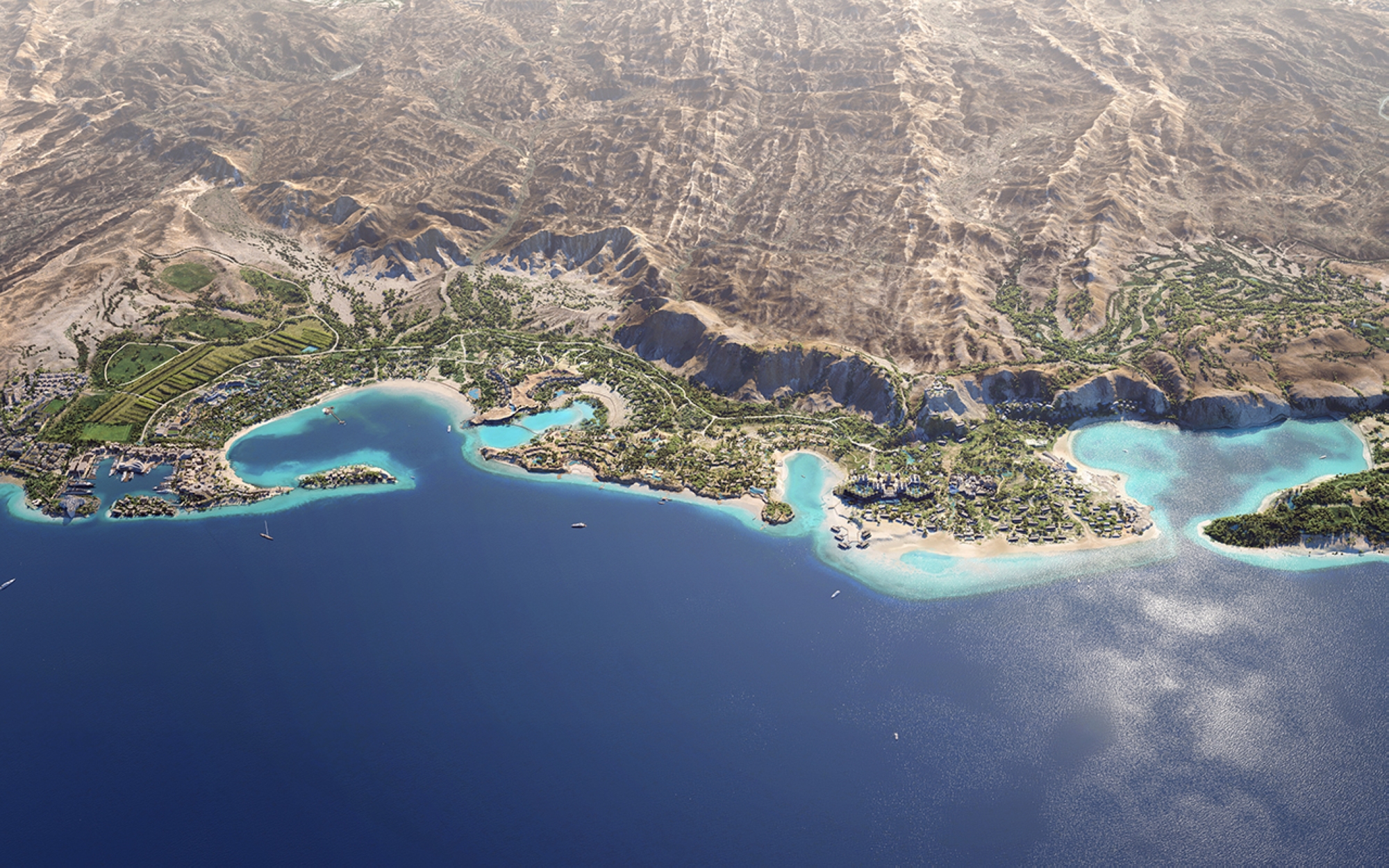
AMAALA project in medical and wellness tourism
The AMAALA project is an ideal example of tourism, as the region boasts a moderate climate throughout the year, with an average temperature of thirty-one degrees Celsius in the summer and rainfall for eight months annually. It offers a safe tourist climate without any seasonal storms or hurricanes, unlike similar tourist destinations in other countries.
AMAALA is often described as the Riviera of the Middle East and is located within the natural extension of the moderate Mediterranean climate, characterized by tranquility, mountainous landscapes, and pristine coastal areas along the Red Sea.
Red Sea project in medical and wellness tourism
The Red Sea Project, on the other hand, represents a premier coastal destination situated on a group of pristine islands in the Red Sea. With a total area of twenty-eight thousand km, it will significantly enhance Saudi Arabia's presence on the global tourism stage. The project aims to redefine the concepts of tourism and hospitality, multiplying Saudi Arabia's economic gains by attracting leading international tourist companies and direct investments. This will redirect Saudi tourism expenditures from abroad to the domestic market.
Importance of medical and wellness tourism in Saudi Arabia
The importance of medical and wellness tourism in Saudi Arabia stems from several reasons, including the desire to seek natural treatments away from pharmaceutical drugs in hospitals. There is also a desire for rejuvenation, revitalization, and renewed vitality. Additionally, the presence of attractive tourist elements in the destination itself, e.g., hotels, restaurants, natural therapy facilities, and spas, contributes to its appeal. Moreover, the length of stay in tourist destinations averages around fourteen nights, compared to around five days in hospitals. From an overall economic perspective, tourism is considered a global engine for economic growth, contributing to increasing national income and creating additional employment opportunities.
Saudi Arabia’s efforts to develop medical and wellness tourism
Saudi Arabia has successfully developed a new tourism model tailored to the needs and desires of individuals and target demographics in the context of health and wellness tourism. This was achieved through the comprehensive services offered at resorts and wellness tourism facilities. Saudi Arabia has organized its tourism patterns in a way that can be linked to health and wellness tourism. This is done by capitalizing on the country's favorable climate for such tourism in certain regions and leveraging its geographic diversity, including natural resources like mountains and seas. Technologically advanced medical treatments are provided in Saudi Arabia, with hospitals equipped with high-tech facilities and a highly skilled medical workforce, both local and international, in various medical specialties.
Renowned specialized hospitals in Saudi Arabia have significantly contributed to its ability to treat chronic diseases, enhancing its appeal for health tourism. Additionally, the country offers reasonably priced medications compared to other countries. Arabic and English are widely used in Saudi hospitals.
Starting in the last quarter of 2019, Saudi Arabia began welcoming visitors and tourists from outside Saudi Arabia with a one-year valid entry visa, allowing them to stay in the country for a maximum of ninety consecutive days.
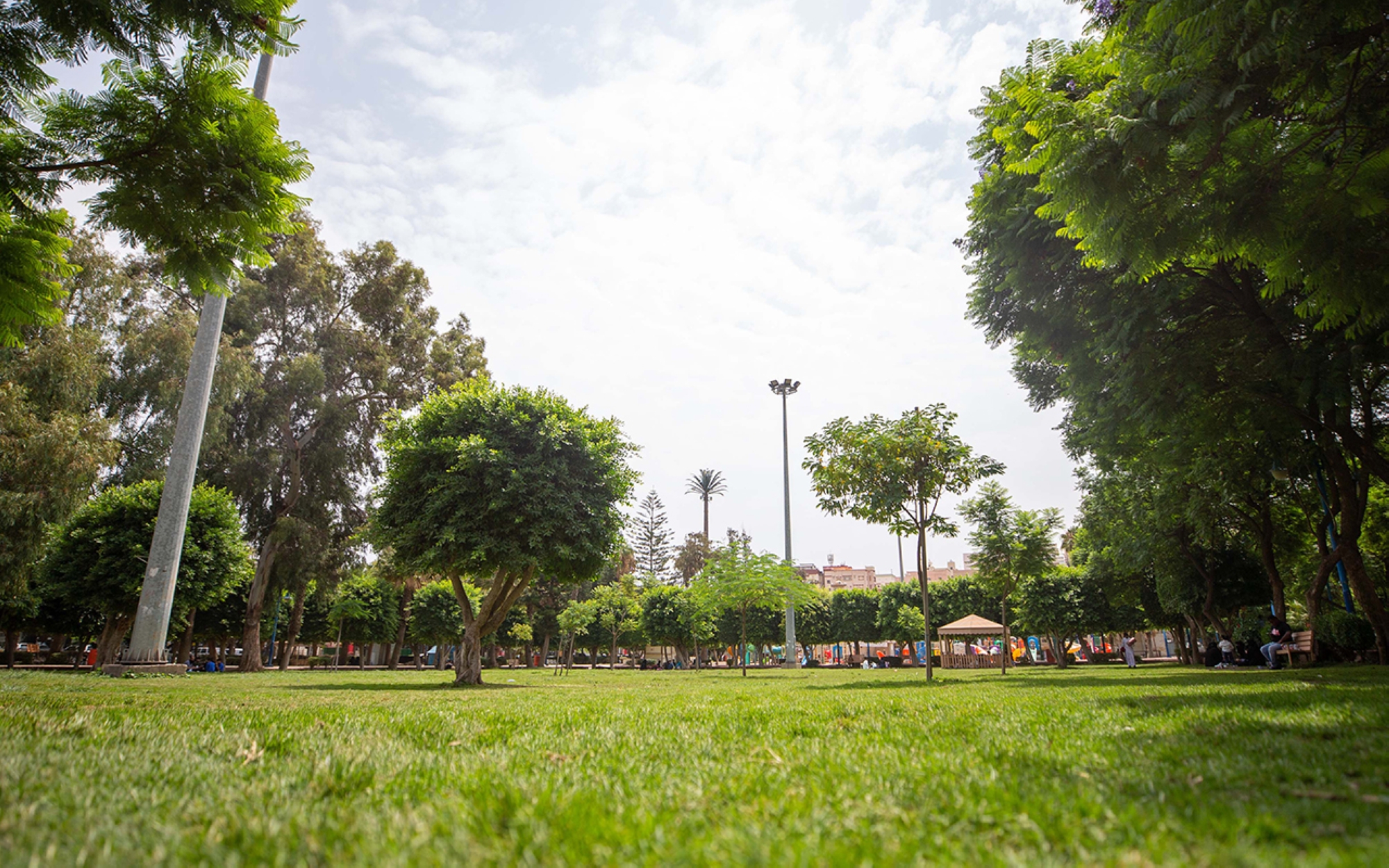
Medical and wellness tourism festivals in Saudi Arabia
In the context of medical investment, several government entities have organized various festivals to raise awareness about the concept of medical and wellness tourism. The first Medical Festival for Medical Tourism, or Medical and Wellness Tourism, was held in Asir Province to increase awareness about medical care and promote medical knowledge in medical and wellness tourism.
The Saudi Commission for Tourism and Antiquities (currently the Ministry of Tourism) and the tourism organizing sector held workshops and meetings in 2010 with several medical facilities in Jeddah and Riyadh cities to discuss the development of medical and wellness tourism in Saudi Arabia. This involved preparing medical facilities in partnership with regulatory bodies such as the Ministry of Health, the National Health Committee of the Saudi Chambers, and a list of tour organizers and tour guides to develop programs and offerings for citizens and residents.
The regulatory efforts to support medical and wellness tourism in Saudi Arabia include providing affordable travel programs and packages for citizens and residents seeking treatment in private hospitals. Additionally, medical and wellness standards and specifications are applied to products and services included in these programs and tourism offerings, ensuring compliance in hospitals, hotels, and health resorts.
In the same context, Asharqia Chamber contributed in 2010 to organizing several workshops, including the Role of Medical Facilities and Tour Organizers in Developing Medical and Wellness Tourism Products. These workshops were held at Asharqia Chamber headquarters as a step towards activating medical and wellness tourism, also known as medical tourism. The aim was to innovate solutions for the legal and procedural challenges faced by this modern tourism trend. This initiative involved the enhancement of healthcare services and the promotion of the exceptional services provided by Saudi healthcare centers.
Related quizzes
